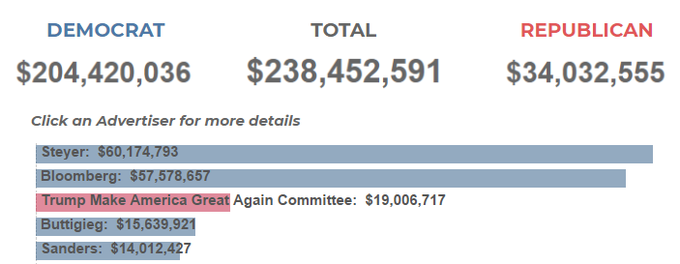 Advertising is often a hit and miss proposition. Some ads generate tremendous buzz and resonate with audiences, while others miss the mark altogether. That being said, I have to say I am a little surprised at the backlash Peloton is getting on their latest TV commercial.
Advertising is often a hit and miss proposition. Some ads generate tremendous buzz and resonate with audiences, while others miss the mark altogether. That being said, I have to say I am a little surprised at the backlash Peloton is getting on their latest TV commercial.
The commercial begins with a young women whose spouse/partner surprises her with a Pelton bike on Christmas morning. She then chronicles her yearlong fitness journey on her phone and makes a video diary that she plays the following Christmas.
So what’s the problem? Many people (I assume they are not BOTS or the Russians) on social media are blasting the ad for using a thin, young women who apparently does not look like she need to exercise. Some have gone so far as saying the ad had a dystopia vibe and brought visions of a horror film.
While criticizing an ad is not uncommon, the fact that the company’s stock lost 9% of its value in one day will certainly make people in the corner office take notice. A representative for Peloton released a statement to CNBC, stating that while they “were disappointed in how some have misinterpreted this commercial,” they were also grateful to their existing community.
One of the problems Peloton faces is that their “existing community” is pretty small. The bikes are really expensive. The basic package runs $2,245 with membership costing $39 a month and you need to figure out where it fits in your homes décor.
The ad missed the mark, not on the messaging, but the delivery. The women appears terrified at times and it feels like she is being forced to ride. Perhaps if the spouse/partner joined in and made it a fun, family thing, it would have gone over better.
The whole thing comes across as snobbish and arrogant, but then that’s how I picture the people that own one.


